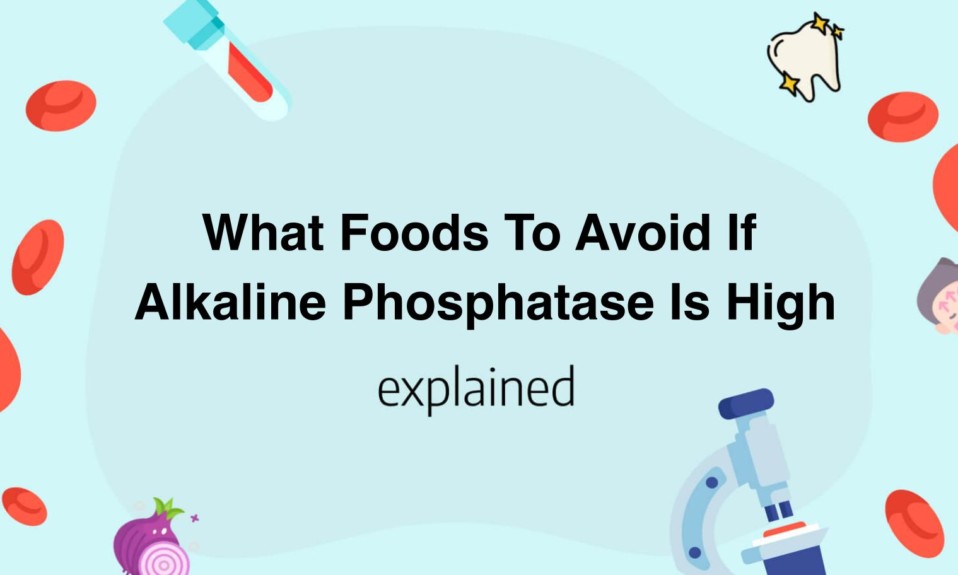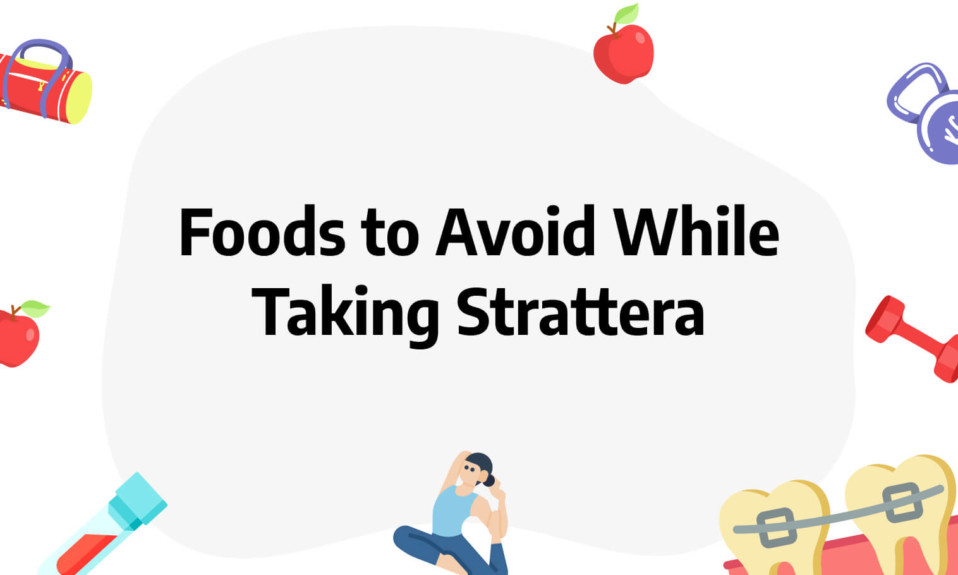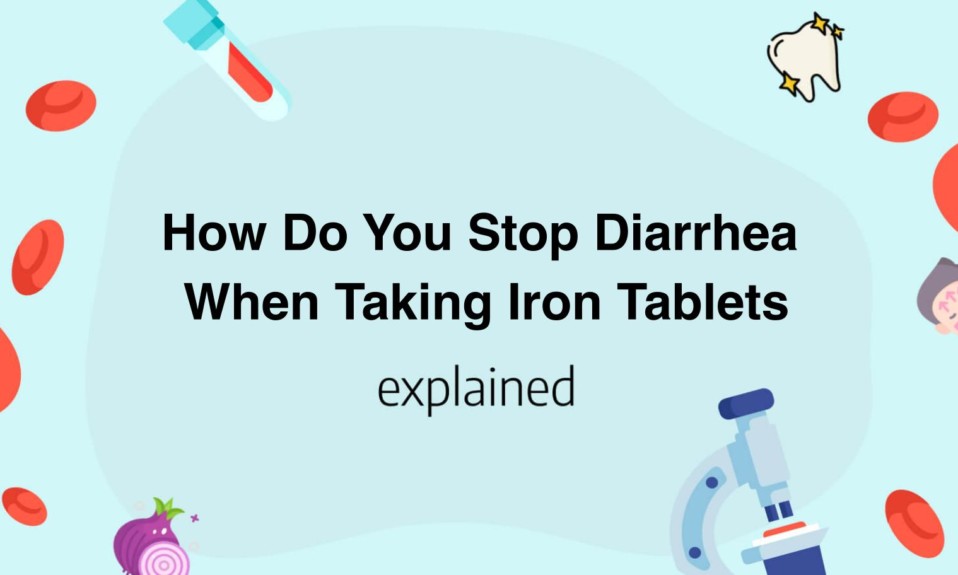How many ml is a tablespoon of medicine? If you have ever found yourself asking this question, you are not alone.
Understanding the proper dosage of medication is crucial for your health and well-being.
Whether you are administering medicine to a child, a pet, or yourself, it is essential to know the correct measurement conversions.
In this article, we will provide an answer to this common question and offer insights into dosage measurements and conversions.
- A tablespoon of medicine is equal to 15 milliliters.
- The milliliter is a metric unit of measurement that is used to quantify liquids like medicine.
- In the US, tablespoons are frequently used to measure medication, and the ability to convert between the two is crucial for accurate dosing.
- To reduce the likelihood of dosage errors, individuals must determine the appropriate unit of measurement to use and convert between units.
- It is critical to consult a physician or pharmacist before making any modifications to a person’s medication regimen.
Understanding the conversion rates for medicine dosages
Conversion rates for medicine dosages can be a source of confusion and concern among patients.
Proper management of medication is crucial for maintaining good health, and understanding how to calculate dosages is an important aspect of that process.
The conversion rate of a medication dose refers to the ratio of the dose prescribed to the amount of the drug in a specific formulation.
For example, a patient may be prescribed 10mg of medication, but the drug may only be available in 5mg tablets.
In this case, the conversion rate would be 2 tablets per dose.
It is important to note that some medication formulations may have varying conversion rates, based on factors such as the patient’s weight, age, and medical history.
For example, pediatric dosages may be calculated based on the child’s weight or age, while adult dosages may be based on the patient’s medical history or other factors.
Patients should always consult with their physician or pharmacist to determine the correct conversion rate for their medication.
It is crucial for patients to follow the prescribed dosage and conversion rate, as taking too much or too little medication can have serious consequences.
Patients should also be aware of any potential side effects or interactions between their medication and other drugs, supplements, or foods.
When calculating dosages and conversion rates, patients should be familiar with basic math skills.
Patients should always consult with their healthcare provider to determine the correct dosage and conversion rate for their medication, and be familiar with basic math skills to accurately calculate doses.
How to accurately measure medicine dosage in tablespoons
The correct measurement of medicine dosage is critical to ensure proper patient care.
When measuring liquids in tablespoons, it is essential to follow a standardized and accurate process.
First, ensure that you are using the correct type of tablespoon.
Standard kitchen tablespoons are not the same as medical tablespoons, which are often used in hospitals or by medical professionals.
A standard medical tablespoon typically measures 15 mL, which is equivalent to approximately three teaspoons.
When administering medication, always use a calibrated oral syringe with the correct mL marking.
If you must use a spoon, use a clean one and make sure it is leveled when measuring the medicine.
It is also important to note that different medications may have different concentrations, so you must read the label carefully to determine the correct dosage and measurements.
If the medication requires a fraction of a tablespoon, ensure that you accurately measure the medication by using a syringe or calibrated dropper.
Avoid guessing when it comes to medication dosage, as this can result in giving an incorrect dose, which can lead to serious complications.
When storing liquid medications, ensure that you follow the manufacturer’s instructions carefully and store them in their original containers.
Always check the expiration date and discard any medication that is past its prime.
In summary, measuring medication dosage in tablespoons requires precision and accuracy to avoid giving incorrect doses and to ensure proper patient care.
Always use the correct tablespoon, a calibrated oral syringe, or dropper to measure medication and follow the manufacturer’s instructions when storing them.
By doing so, you can help ensure that patients receive the correct medication and dosage, leading to better health outcomes.
How Many Ml Is A Tablespoon Of Medicine
The amount of medicine in one tablespoon is equal to 15 ml.
This measurement is often used when prescribing medicine for both adults and children.
It’s important to follow the prescribed dose as indicated by your healthcare provider.
Taking too much medicine can result in negative side effects while taking too little may not provide the desired effect.
When giving medicine to children, it’s important to use a measuring spoon or syringe to ensure the correct dosage.
Avoid using household spoons as they may not provide an accurate measurement which can lead to overdosing or underdosing.
Measuring medicine is crucial for proper dosage and administration.
In some cases, medication may be prescribed in milliliters instead of tablespoons.
This may be common with liquid medication or prescriptions with specific instructions from your healthcare provider.
Always follow the label instructions carefully and ask your pharmacist or healthcare provider if you have any questions.
It’s important to have a basic understanding of measurement conversions when administering medication.
For example, one teaspoon is equal to 5 ml and one fluid ounce is equal to 30 ml.
Knowing these measurements can help ensure proper dosages are given.
In addition, be sure to properly store medication in a safe place, away from children and pets.
In conclusion, knowing how many ml is a tablespoon of medicine is important for proper medication administration.
Always follow label instructions and use appropriate measuring tools to ensure accurate dosages are given.
Stay informed about how your medication should be stored and never hesitate to ask your healthcare provider or pharmacist for clarification on dosage or usage instructions.
The benefits of measuring medicine in milliliters
Measuring medicine in milliliters has numerous benefits for both patients and healthcare providers.
Firstly, using milliliters as a standard unit of measurement allows for greater accuracy in dosing medications, leading to better health outcomes.
It enables healthcare providers to measure very small amounts of medication such as those needed for children or low dose medications, and also allows for more precise adjustments to dosages.
Additionally, measuring medicine in milliliters makes it easier for patients to understand their prescribed doses.
Patients often struggle with deciphering complicated dosage instructions, leading to medication errors.
By using milliliters, patients only have to measure the required volume, rather than trying to calculate the appropriate dose.
Moreover, using milliliters as a standard unit of measure improves medication safety.
It reduces the risk of confusion between similar-sounding medications that have different dosages and strengths, and also minimizes the risk of dosage errors due to confusion between the metric and imperial measurement units.
In conclusion, measuring medication in milliliters improves accuracy and safety, and also provides an easier-to-understand measurement system for patients.
By prioritizing the use of milliliters as a standard unit of measurement for medication, healthcare professionals can ensure their patients receive the correct dose and ultimately achieve better health outcomes.
You’ll also like: Nutrafol Side Effects: What to Expect
Tips for safely administering medicine to children
When it comes to administering medicine to children, safety is always a top priority.
To ensure that the process goes smoothly, here are some tips that parents can follow:
- Follow the dosage instructions carefully.Children’s medicine is typically based on weight, so be sure to use the appropriate measuring device.Never guess or estimate the dose.
- Check for allergies.Before giving any medication, check to see if your child is allergic to any of the ingredients.If they have had an allergic reaction to a medicine in the past, inform your doctor immediately.
- Read the label.Prescription labels can be hard to understand, so make sure to read carefully and ask your doctor or pharmacist if you have any questions.
- Do not mix medications without consulting a doctor.Certain medicines can interact with each other, causing dangerous side effects.Always check with a doctor first before giving your child any new medication, especially if they are already taking something else.
- Do not give adult medication to children.Adult medications are not appropriate for children and can cause serious harm.Even over-the-counter medications like aspirin and ibuprofen can be dangerous if not given in the correct dose.
- Watch for side effects.While most medications are generally safe, some can cause side effects.If you notice any unusual symptoms in your child, stop the medication and contact your doctor immediately.
- Store medication safely.Keep all medications out of reach of children, in a locked cabinet or drawer.Never leave medication on countertops or in reach of children, even for a moment.
Remember, taking care of your child’s health is a top priority.
By following these simple steps and consulting your doctor when necessary, you can help ensure that your child stays healthy and safe.
You’ll also like: Biocidin Side Effects: What to Expect
Importance of consulting with a healthcare professional
It is of utmost importance to consult with a healthcare professional when dealing with any sort of health issue.
While it may be tempting to self-diagnose and self-medicate using online resources, it is important to remember that these are not always reliable sources of information.
Healthcare professionals have received extensive training and have the knowledge and expertise necessary to provide accurate diagnoses and effective treatment plans.
Another reason to consult with a healthcare professional is that certain symptoms may be indicative of more serious underlying health conditions.
For example, chest pain may be a symptom of something as minor as acid reflux, but it could also be a symptom of a heart attack.
Seeking the guidance of a healthcare professional can help identify any potential red flags and ensure that appropriate actions are taken in a timely manner.
In addition to providing accurate diagnoses and identifying potential health concerns, healthcare professionals can also offer preventative care and advice.
Regular check-ups and screenings can catch potential health issues early on, before they become more serious.
Professional advice surrounding diet, exercise, and lifestyle can also help prevent the development of certain conditions and promote overall well-being.
It’s important to remember that there is no shame in seeking the guidance of a healthcare professional.
While it may be tempting to ignore symptoms or brush them off as insignificant, doing so can have serious consequences.
By seeking professional help, individuals can take control of their health and ensure that they are doing everything they can to lead a healthy and fulfilling life.
You’ll also like:









